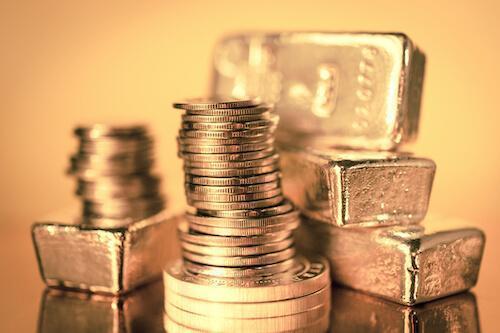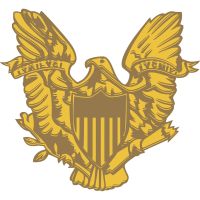
Advice for Precious Metals Investors Looking to Start a Coin Collection
August 15, 2012
79 view(s)
Investors today realize that precious metals are a smart and stable investment, but diversifying the way you hold these assets is always a smart move. What we want to do now is take a look at coin collecting and cover some of the basics so if you’re thinking about building a collection yourself, you will be equipped to do so. This will help you avoid common beginner mistakes and give insight on how to build a serious collection of your own.
For collectors, the value of an addition is not always based on whether it contains any of the precious metals. Instead, a coin is evaluated based on a number of factors such as its condition, how rare it is and what the demand on the collector's market is for it at the time. Fortunately, rarity is rather easy to understand when it comes to coins. The mintmark the coin contains as well as the date of that minting give an idea of the number of coins that survive bear those marks from an original minting. The fewer coins with that exact combination of mint and date that remain, the rarer the coin is. Grade, too, comes into play and some coins which would be considered common at a low grade are considered rare at a higher grade.
So, date and mint mark end up being the basics for identifying a given coin. However, even with this info and the rarity factor, you need to keep in mind that there are subtle differences in the variety of a coin, too. Sometimes the dye used to mint a coin will have a slight variation that alters the design of the coin in a barely noticeable way that would primarily matter to collectors. There are errors, just like with baseball cards, as well as overdates and other similar variations. These are the things you need to focus on when you are establishing the value of a coin you hold.
Price guides are a tool that you use to determine a coin's value. Every one of these, whether it is the 'Red Book' published each year or the 'Greysheet' many collectors subscribe to for regular updates, is going to have its own unique pros and cons. These guides track dealers ask and bid prices, but that does not tell the whole story of a coin's value, of course. You also want to consider the differences between retail prices and wholesale prices. In other words, the cost of the coin if you bought it from a dealer versus the price you would be paid if you tried to sell that same coin to a dealer. Some coins look beautiful and this means dealers may value them for their easy to sell visual qualities. In short, there is a huge range of factors that affect the value of coins today.
As you can see from this basic advice, there are a lot of things to consider when collecting coins, but this is just a start. From here, you can study additional resources and perhaps begin to build your own prized coin collection as so many other investors have already done.









